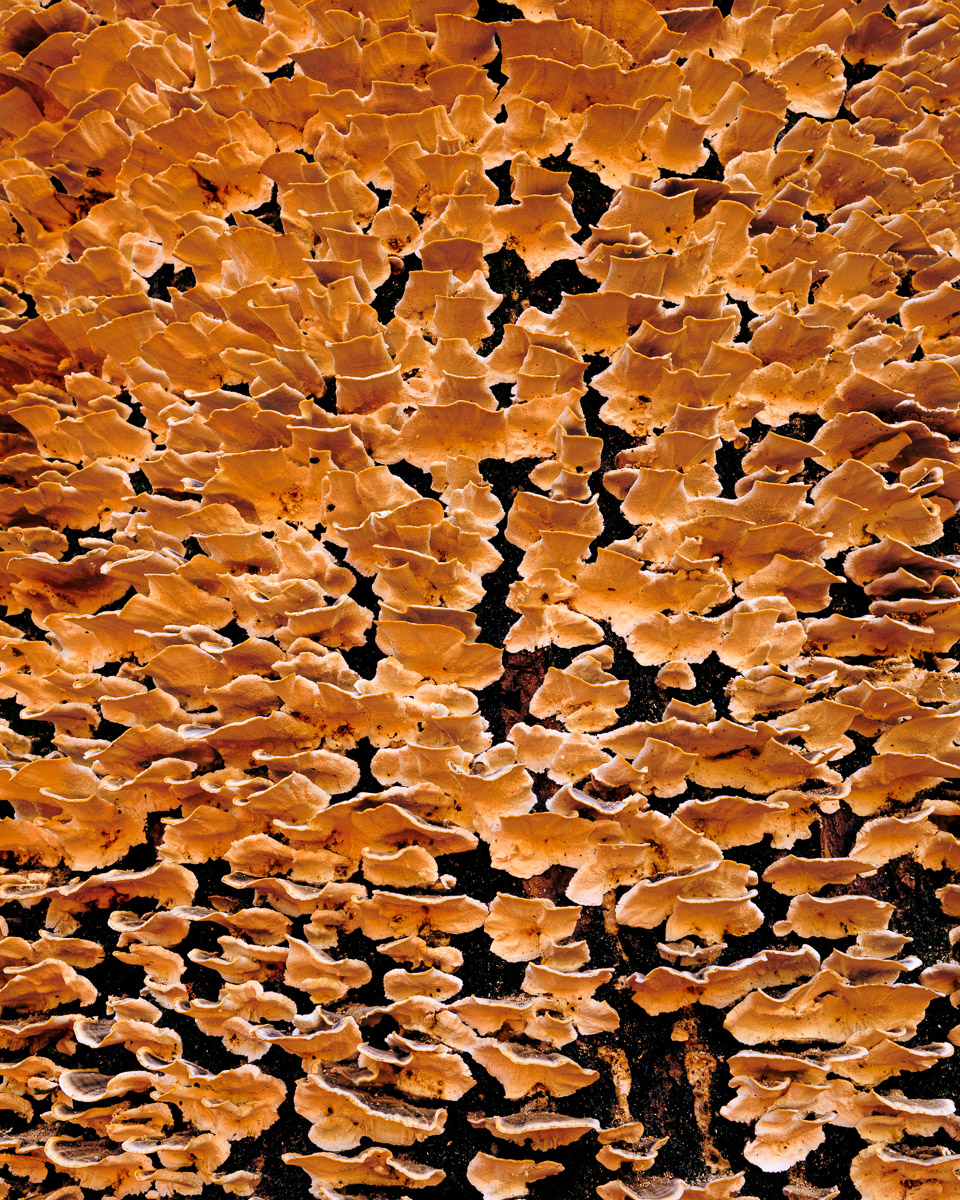When I go out for a photography trip, I usually try to get there before sunrise and will often leave not long after the sun has come up, especially if the sky isn’t overcast. I do this because, as the sun rises higher in the clear sky, the lighting becomes more contrasty making it difficult to create good photographs. But, I recently realized that I’m missing a lot of great opportunities by trying to avoid challenging lighting conditions, and this photograph is an example of what I mean.
I recently made a trip to the Dagmar Wildlife Management Area. As usual, I arrived prior to sunrise and made my way to Lake Hickson where I was able to capture some images of the tupelo and cypress trees being lit by the early golden light.
Within a few minutes, the sun had risen even higher, and the golden tones had faded. Normally, I would pack up my equipment and head home. But, this time I decided there was another location I wanted to visit. I had visited the area on a previous trip, but it was after several days of rain. There was a lot of standing water that was several inches deep, and I didn’t have proper footwear at the time to really walk around and see what was there. Fortunately, this time everything was dry, and I was able to explore the area.
I decided to leave my equipment in my truck. When I carry my equipment with me, I often put pressure on myself to photograph something simply to justify carrying the extra load. I thought by scouting the area without my equipment, I might see things in a more open and creative fashion. Walking through the woods, I discovered a tree that had fungi growing on the bark creating various layers. I went back, grabbed my camera gear, returned to the tree, and photographed it.
But, before I moved on, I decided to check out the other side of the tree. That’s when I found this little scene. More fungi were growing on the tree just above my head, and their compact layers reminded me of a school of fish swimming through the water. They were also in direct sunlight, so they appeared to be glowing. I set up my camera, composed the image, and pressed the shutter button.
While processing the image, I wanted to emphasize the two qualities that had caught my attention: the floating layers of fungi and their apparent glow. To create this final image, I increased the brightness of the fungi, darkened the underlying tree trunk, and brightened and saturated the orange tones in the fungi.
This picture taught me a very valuable lesson. Just because the lighting isn’t ideal, don’t pack up your equipment and call it a day; there are photographic opportunities no matter the lighting conditions.
